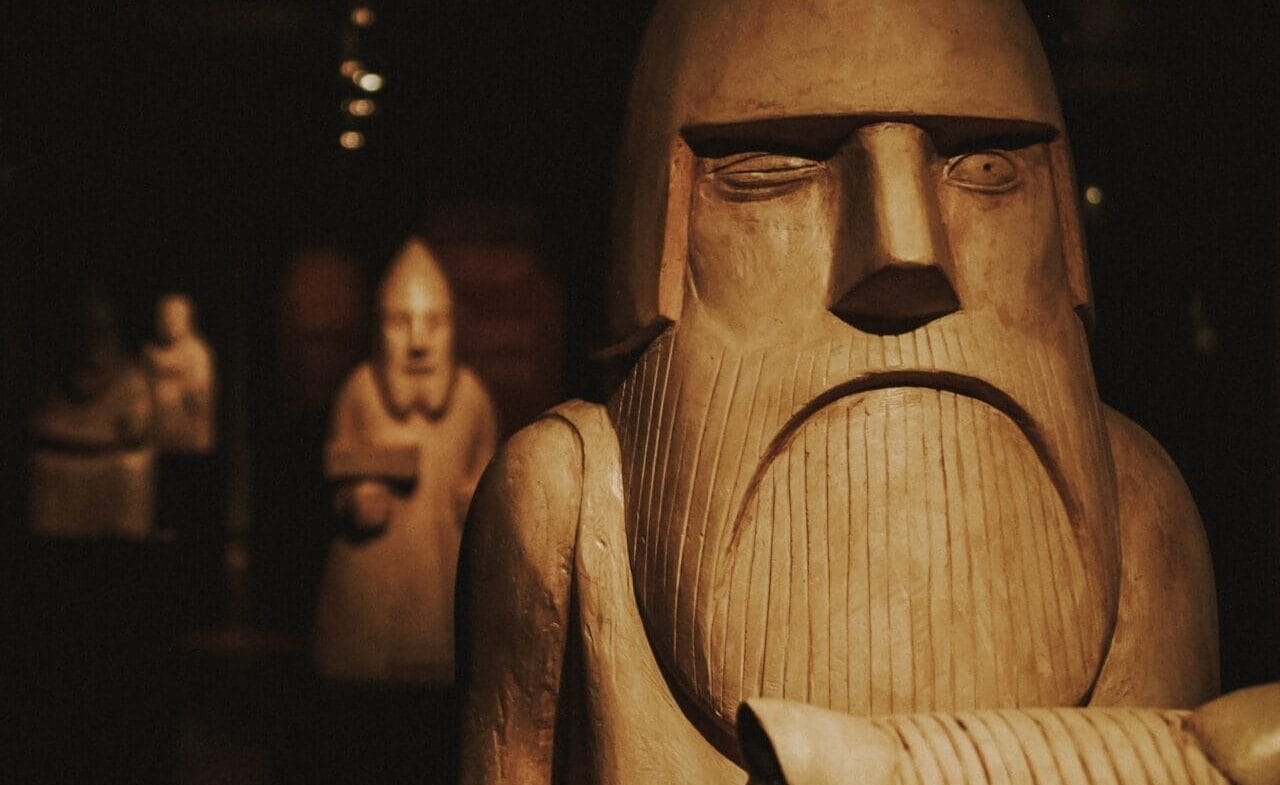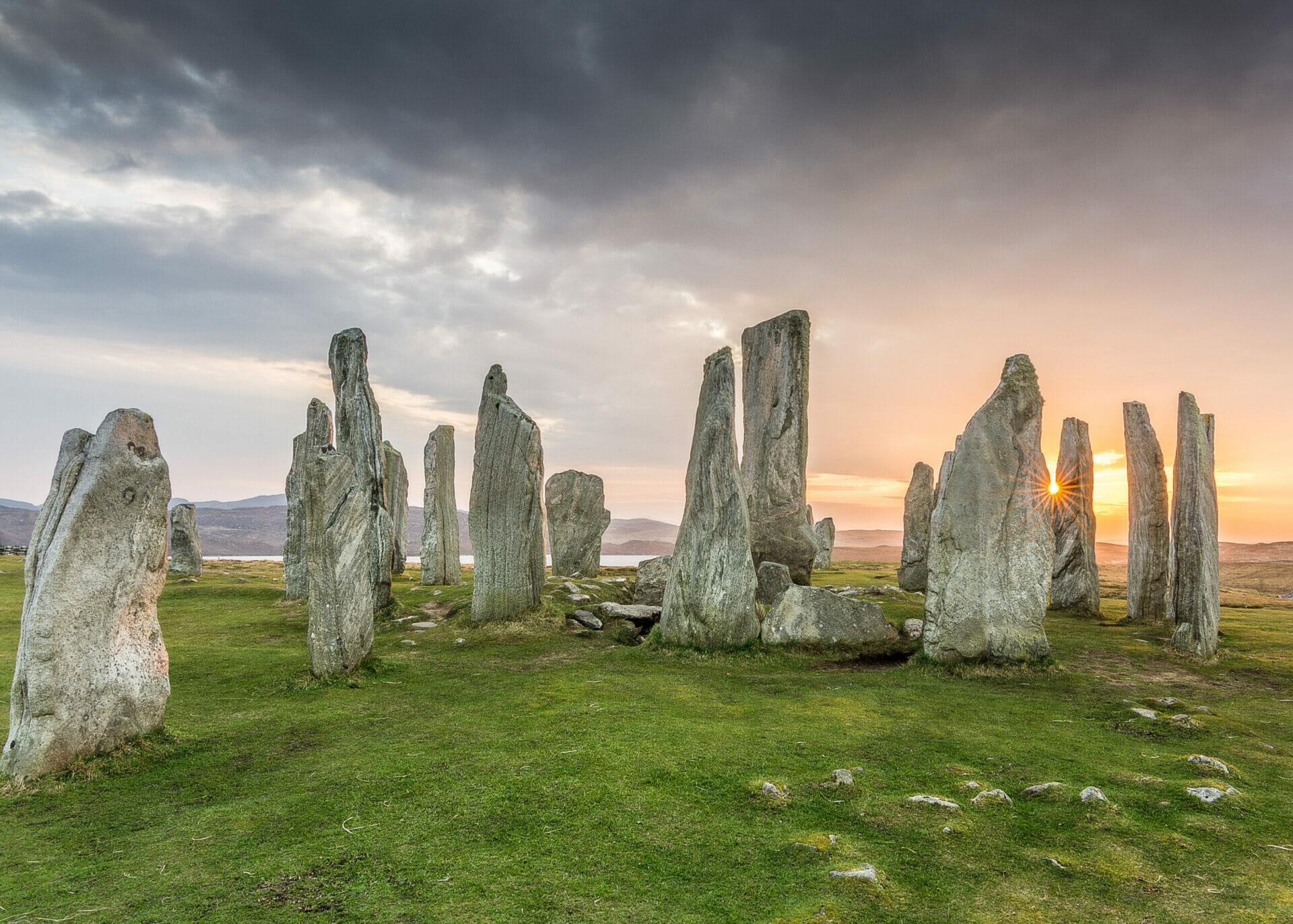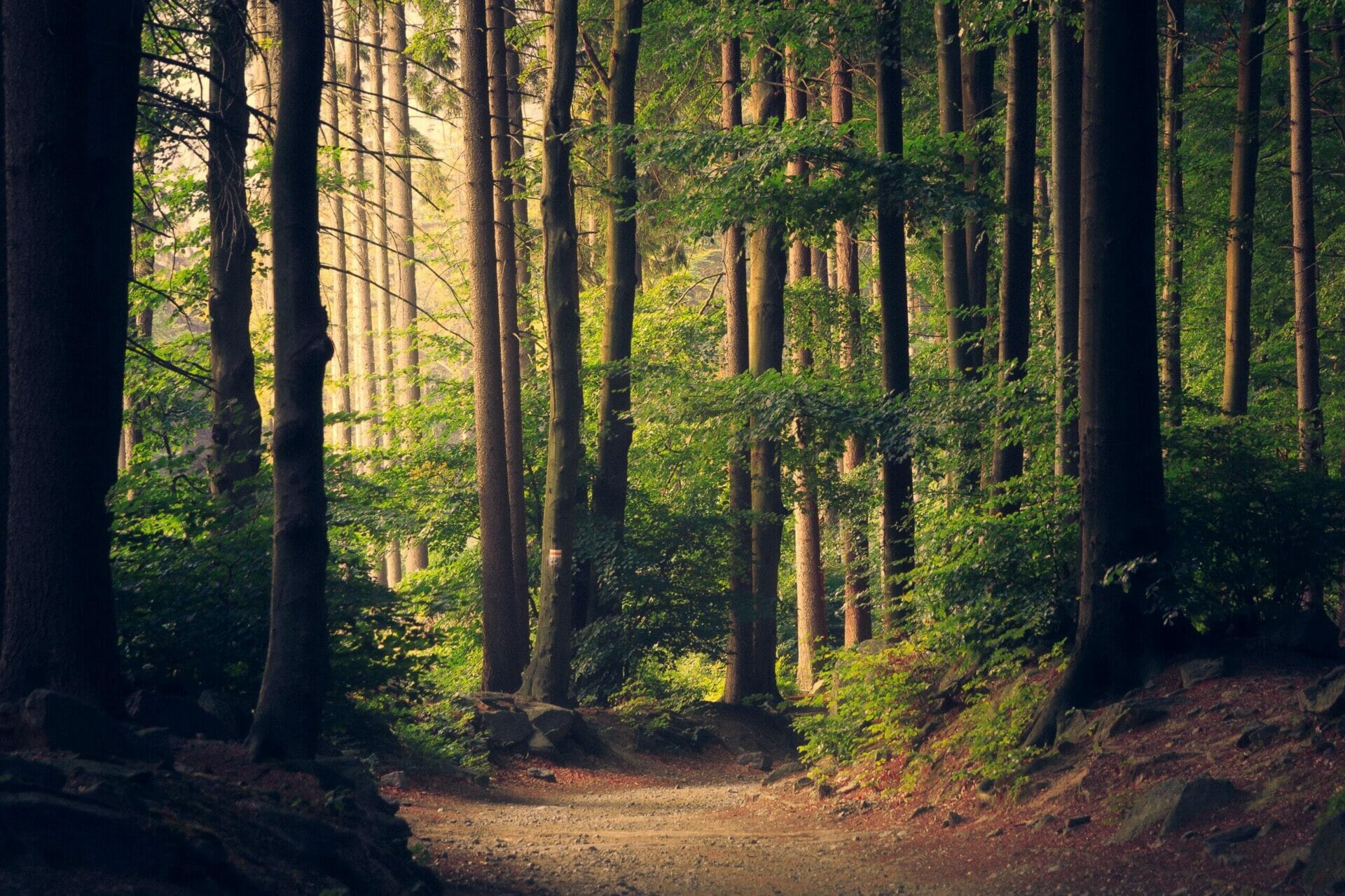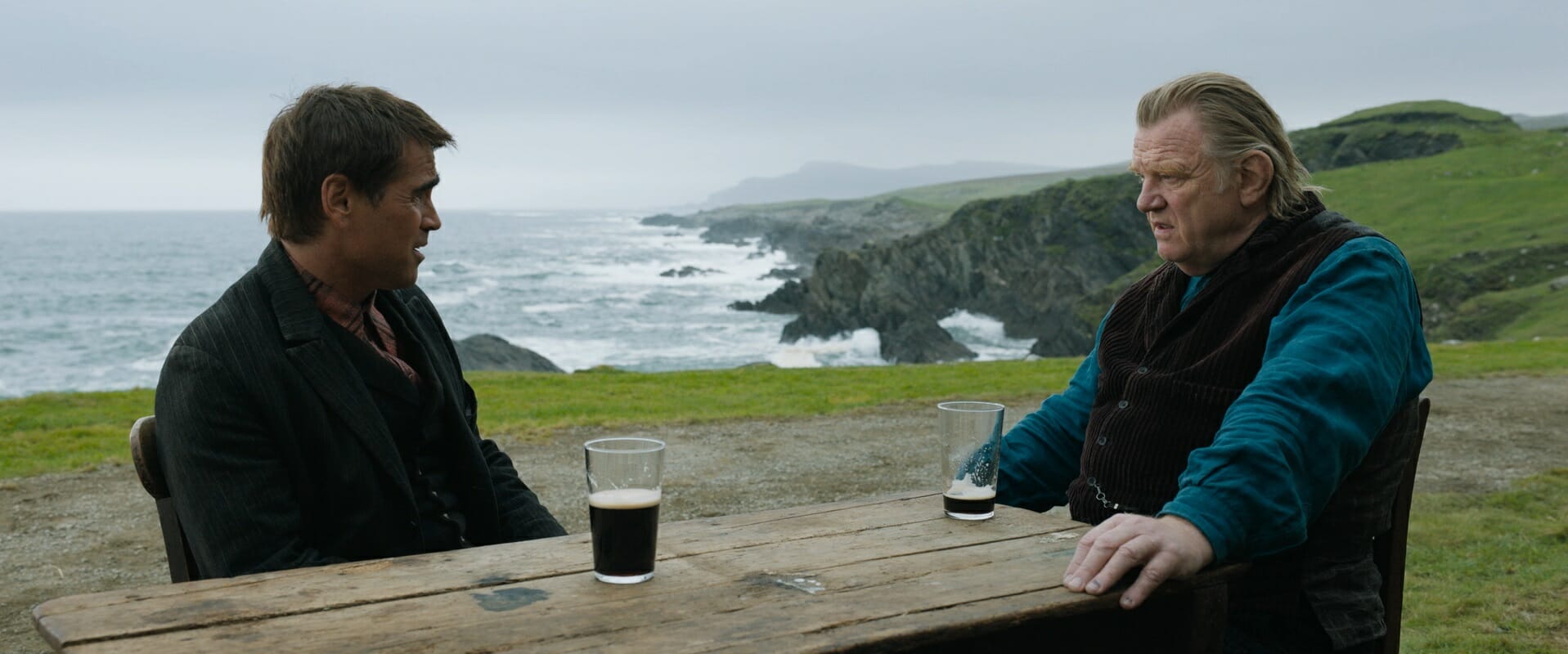
Vikings | Violent Sehnsucht and Nordic allure
Creator
Seasons
Runtime
Original language
Genre
Subgenre
Music by
Short before 1000 a.C., in Scandinavia, life is pretty simple, though adventurous. Most farmers, fishermen, and hunters go for raids during summer. Vikings conduct a rude and rugged existence, linked to what they can pillage from nearby villages. Ragnar Loðbrók (Travis Fimmel) aims higher, yet: he has heard about richer lands across the sea, and desires to go there.
Created by Michael Hirst and aired from 2013 to 2021 for The History Channel (Canada), and Amazon Prime Video (Ireland), Vikings is a historical drama inspired by the Norse saga of the warrior Ragnar Loðbrók. The original legend was an oral tale, later transcribed in different written works during the 12th and 13th centuries. Other sources of inspiration are the historical events of that time, such as the raid of Lindisfarne, which marks both the beginning of the series and of the Viking Age.
Over the sea
Ragnar is a farmer, but also a great conductor and warrior. He’s married to Lagherta (Katheryn Winnick), a great woman warrior, and they have two children, Bjorn (Nathan O’Toole, later Alexander Ludwig) and Gyda. As every year, Ragnar leaves to meet the other men and their governor Haraldson (Gabriel Byrne) to decide where to go pillaging. They usually opt for one of the nearby villages, but Ragnar proposes something new. He wants to cross the North Sea to reach new lands, increasing his value in front of men and gods.
As Haradlson refuses his proposal, Ragnar asks his friend Floki (Gustaf Skarsgård) to help him secretly. Floki is a slightly lunatic, though brilliant shipbuilder, and he’s certain he can build a boat capable of resisting the open sea. Ragnar gathers also a crew of brave and trustworthy men, including his brother Rollo (Clive Standen). They sail to the coast of Northumbria, where they brutally conquer a monastery and its treasures. Fascinated by the new culture and religion, Ragnar also takes to Scandinavia a monk who speaks their language. His name is Athelstan (George Blagden), and the Viking warrior believes he can be useful for all of them. But despite his glorious return, he has to face Haraldson…
Nordic charm between legend and reality
Both the character of Ragnar and his wife Lagherta exist in Norse legend. Ragnar stands out as a legendary warrior and king, while Lagherta was a “skjaldmær”, a “shield-maiden”. She’s also said to be the first wife of Ragnar and that she became Queen of Norway. They are both figures between history and myth, as it’s not even sure they existed. Yet, they appear as three-dimensional people, and therefore extremely real.
Vikings never aimed to be a documentary. As World History reports, though, there are many references to real history, despite some inaccuracies. Various characters existed and most of the historical facts really took place during the Viking Age. Yet, they were sometimes moved in time to fit a captivating plot. Screen Rant also underlines the attention to historical details, such as half-shaved hair, braids, tattoos, and make-up. The character of Lagherta enlightens the role of women as free warriors and leaders in Norse society. If the series stresses those aspects to fit the modern sensibility, it’s also true that women had a more important role in comparison to Christian women, bonded to a domestic dimension.
Nevertheless, the show effuses a mythic aura, emphasized by the massive references to ancient culture and a cold blue cinematography that recalls fairytale illustration. Even the theme song recalls a sort of Nordic chant. But if Sigur Ròs‘ sound would have evoked a quiet legend, Fever Rey adds a dark rock perspective, linking the past to the present. The opening credits scene also takes inspiration from the Norse tale of the Nine Sisters, who seduced brave sailors and dragged them to the bottom of the sea. The merger of legend with realism gives back a charming portrayal of a culture that still influences literature and imagination.
Over and over, no limits ahead
A strong longing for exploration and conquest characterizes Norse culture. Those traits are extreme in Ragnar, who fervently craves to go over limits. Lagherta aspires to be a mother, besides a warrior, and Bjorn a son worthy of his father. Rollo aims to be like his brother, and Athelstan to find his real god. Ragnar is a lovely father and a passionate husband, but his strongest desire remains to go over and over. A longing that recalls the Romantic concept of Sensucht” as the final purpose remains undefined.
There aren’t good or evil characters in Vikings. Both heroes and secondary figures have true-to-life personalities, with bright and dark sides, that make them real. Moreover, they never pose themselves as modern-day people relocated into the past but as children of their time. They strongly believe in Odin, Loki, and Freyja, to whom they sacrifice animals and humans. They are brutal, violent, and wild, and dream about a glorious death in battle to join them in Walhalla. If they need advice, they rely on prophecies, premonitory dreams, and The Seer. However, their weaknesses and nonlinear evolutions establish an involvement with today-people.
Only a few other shows, such as Game of Thrones, perform a similar amount of violence and sex without filter. In comparison, though, there’s no spectacularization of those elements: they appear just as a regular part of Vikings’ life. Also, despite its mythological inspiration, Vikings has no hint of fantasy. Differently from historical series such as Borgia, The Tudors, or even Medici, it develops several storylines but never gives in to melodramatic ones, keeping the focus on the violent longing for conquest. Raid after raid, Vikings keeps the Norse spirit alive, feeding a never-ending desire to go beyond limits; a violent Sehnsucht that doesn’t know compassion or fear.
Tag
Buy a ☕ for Hypercritic









